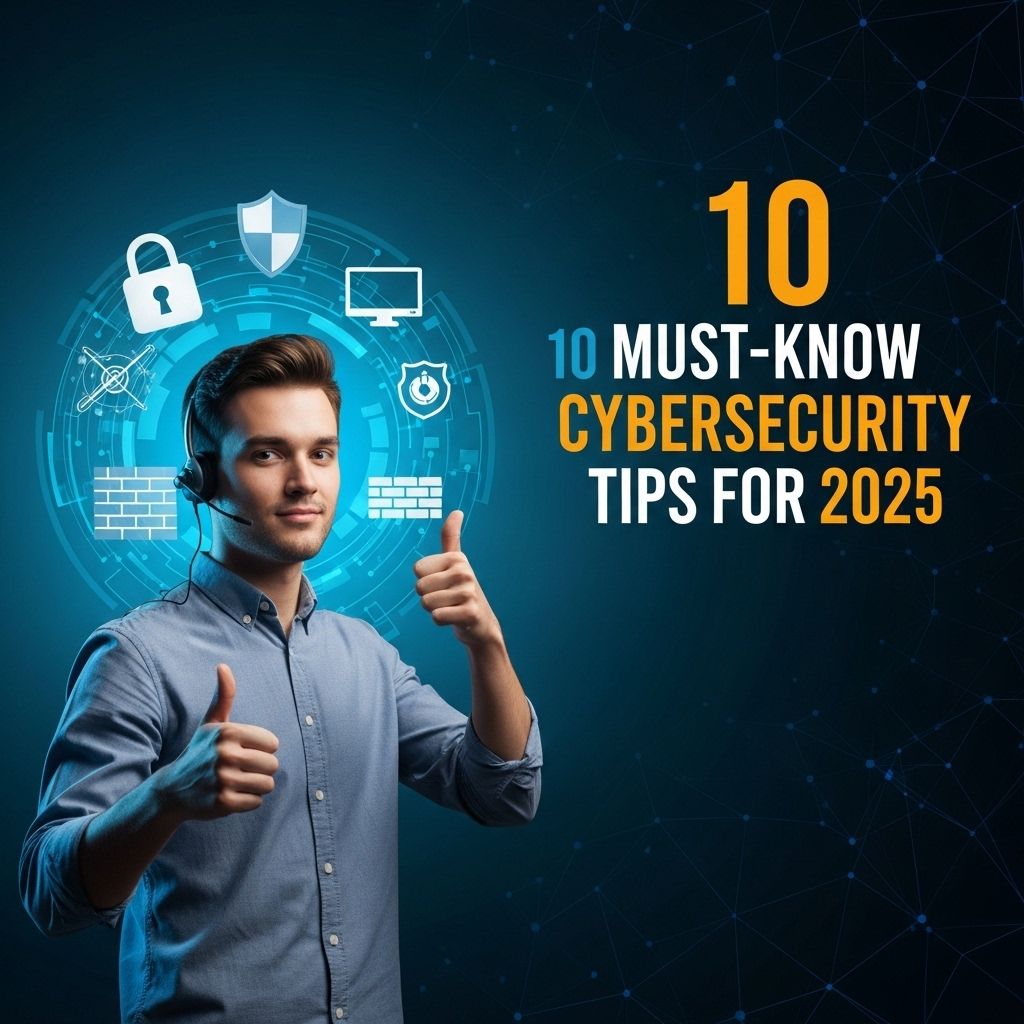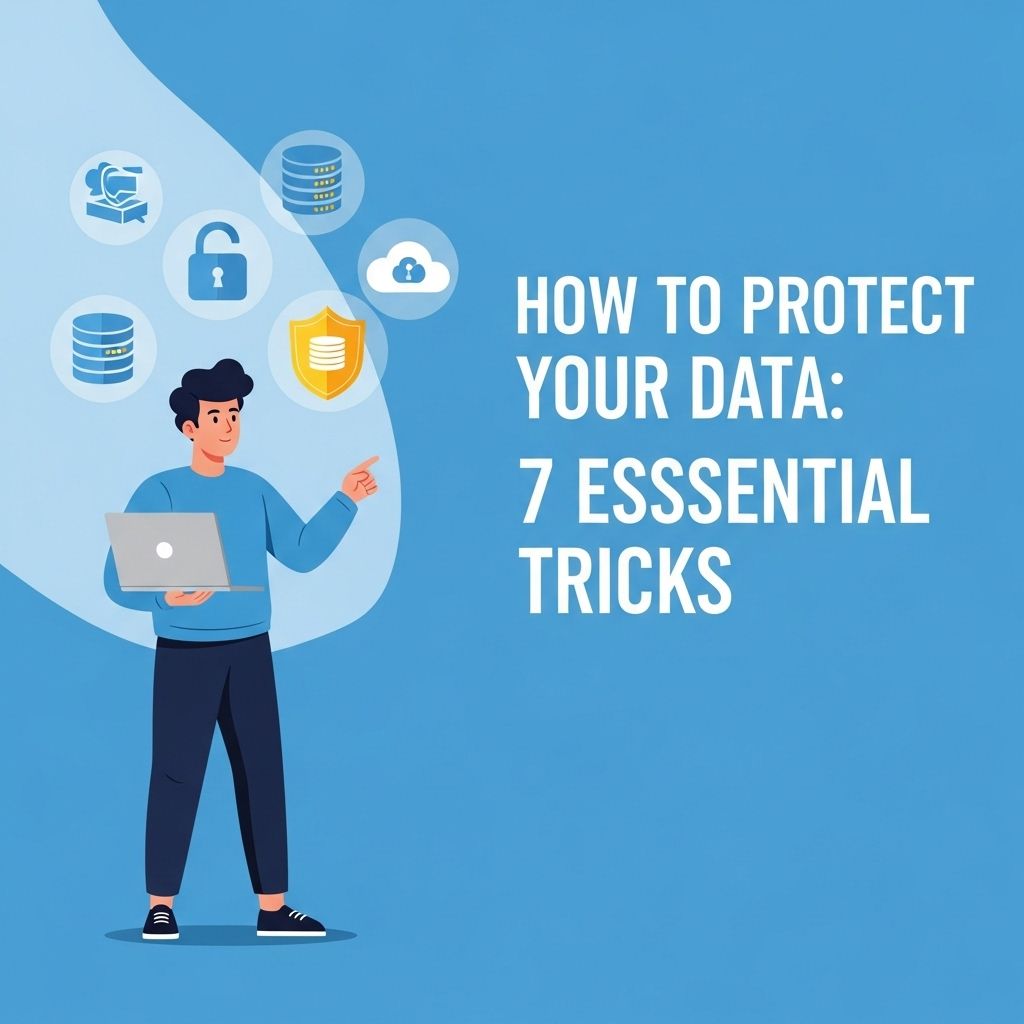As we approach 2025, the landscape of cybersecurity continues to evolve at a rapid pace. With the rising number of cyber threats, businesses and individuals alike must stay informed and prepared to protect their digital assets. This article outlines ten essential cybersecurity tips that everyone should know to safeguard their information and systems against potential attacks.
Understanding the Cyber Threat Landscape
Before diving into specific tips, it’s important to grasp the current cyber threat landscape. Cybercriminals are becoming increasingly sophisticated, utilizing advanced technologies such as artificial intelligence and machine learning to exploit vulnerabilities. Additionally, the rise of remote work has expanded the attack surface, making it crucial for everyone to adopt robust cybersecurity practices.
1. Regularly Update Software and Systems
One of the simplest yet most effective ways to enhance your cybersecurity is to keep software and systems updated. Software developers regularly release updates to patch security vulnerabilities.
Why This Matters
- Outdated software can be an easy target for hackers.
- Updates often include new features that enhance performance.
- Regular updates help maintain compliance with industry regulations.
2. Use Strong, Unique Passwords
Passwords remain the first line of defense against unauthorized access. However, many users still opt for weak or reused passwords, making it easier for cybercriminals to gain entry.
Best Practices for Passwords
- Use at least 12 characters, combining letters, numbers, and special characters.
- Avoid using easily guessed information, such as birthdays or pet names.
- Consider using a password manager to generate and store complex passwords securely.
3. Enable Multi-Factor Authentication (MFA)
Multi-factor authentication adds an extra layer of security by requiring users to provide additional verification beyond just a password.
Benefits of MFA
- Significantly reduces the risk of unauthorized access.
- Alerts users to potential account breaches quickly.
- Is relatively simple to implement across most platforms.
4. Be Aware of Phishing Scams
Phishing attacks remain one of the most common methods employed by cybercriminals. These attacks often come in the form of emails that appear legitimate but are designed to steal sensitive information.
How to Identify Phishing Attempts
| Red Flag | Description |
|---|---|
| Generic Greetings | Emails that do not address you by name. |
| Suspicious Links | Links that lead to unfamiliar websites. |
| Urgency | Requests for immediate action, often threatening account shutdowns. |
5. Secure Your Wireless Network
A secure wireless network is vital for protecting your devices and data from unauthorized access.
Steps to Secure Your Wi-Fi
- Change the default SSID and password of your router.
- Enable WPA3 encryption, if available.
- Consider hiding your SSID to make your network less visible.
6. Regularly Back Up Your Data
In the event of a ransomware attack or data loss, having a recent backup can be a lifesaver. Regularly scheduled backups ensure that your data is retrievable.
Backup Solutions
- Use cloud storage solutions for easy access.
- Employ external hard drives for local backups.
- Implement a hybrid approach for redundancy.
7. Educate Yourself and Your Team
Cybersecurity is not solely a technical challenge; it requires a culture of awareness and education across all levels of an organization. Regular training can help identify potential threats before they escalate.
Effective Training Strategies
- Conduct quarterly cybersecurity workshops.
- Provide resources for self-study.
- Simulate phishing attacks to test employee responsiveness.
8. Monitor Your Accounts and Systems
Keeping an eye on your accounts and systems can help detect suspicious activity early. Utilize monitoring tools to track changes and logins.
Tools for Monitoring
- Use security information and event management (SIEM) systems.
- Implement intrusion detection systems (IDS).
- Set up alerts for unusual login attempts.
9. Implement a Cybersecurity Incident Response Plan
No matter how prepared you are, breaches can still occur. Having a well-defined incident response plan ensures that you can react swiftly and effectively to minimize damage.
Key Components of an Incident Response Plan
- Define roles and responsibilities.
- Establish communication protocols.
- List contact information for relevant stakeholders, including law enforcement.
10. Stay Informed About Emerging Threats
The cybersecurity landscape is always changing. Staying informed about new threats and vulnerabilities can help you adapt your strategies accordingly.
Ways to Stay Updated
- Follow reputable cybersecurity news websites.
- Subscribe to threat intelligence feeds.
- Participate in cybersecurity forums and conferences.
Conclusion
As we look toward 2025, the importance of cybersecurity cannot be overstated. By following these ten must-know tips, individuals and organizations can significantly reduce their risk of falling victim to cyber threats. Remember, the key to effective cybersecurity is not just technology but a proactive approach that combines awareness, education, and preparedness. Stay vigilant and protect your digital world.
FAQ
What are the top cybersecurity tips for 2025?
Stay updated with the latest security patches, use multi-factor authentication, and regularly back up your data.
How can I protect my personal information online in 2025?
Use strong, unique passwords for each account and consider using a password manager to keep track of them.
Why is multi-factor authentication important in cybersecurity?
Multi-factor authentication adds an extra layer of security by requiring additional verification beyond just a password.
What should I do if I suspect a cyber attack?
Immediately disconnect from the internet, change your passwords, and report the incident to your IT department or a cybersecurity professional.
How often should I update my software and applications?
Software and applications should be updated regularly, ideally as soon as new updates are available to protect against vulnerabilities.
What role does employee training play in cybersecurity?
Employee training is crucial as it helps staff recognize potential threats and understand best practices for maintaining cybersecurity.




